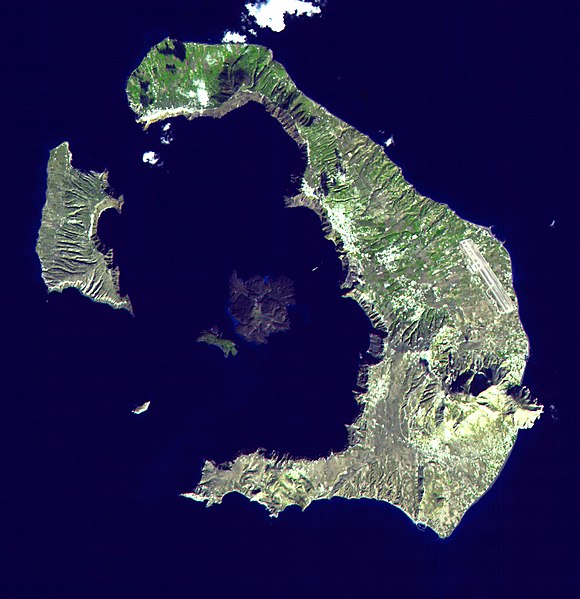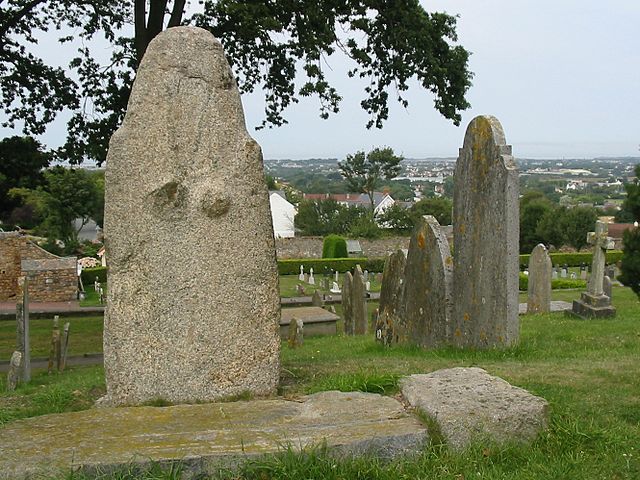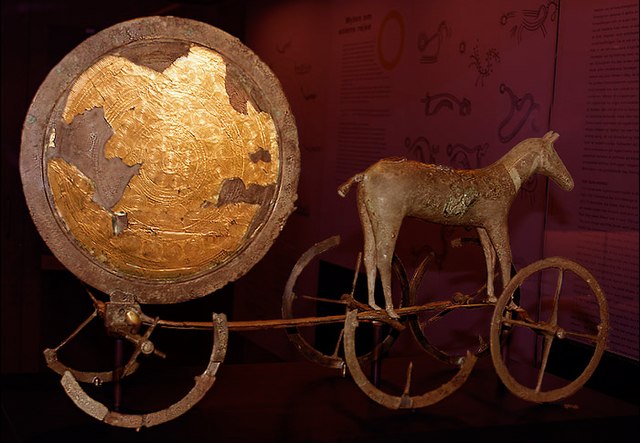Chronology of the ancient Near East
The chronology of the ancient Near East is a framework of dates for various events, rulers and dynasties. Historical inscriptions and texts customarily record events in terms of a succession of officials or rulers: "in the year X of king Y". Comparing many records pieces together a relative chronology relating dates in cities over a wide area.
Venus Tablet of Ammisaduqa
Sumerian King List
Five Amarna letters on display at the British Museum
Santorini/Thera
The 2nd millennium BC spanned the years 2000 BC to 1001 BC.
In the Ancient Near East, it marks the transition from the Middle to the Late Bronze Age.
The Ancient Near Eastern cultures are well within the historical era:
The first half of the millennium is dominated by the Middle Kingdom of Egypt and Babylonia. The alphabet develops.
At the center of the millennium, a new order emerges with Mycenaean Greek dominance of the Aegean and the rise of the Hittite Empire. The end of the millennium sees the Bronze Age collapse and the transition to the Iron Age.
Approximate spread of the Bell Beaker culture in Europe
Women figure of a Menhir, typically dating to the Bronze Age
Volcano eruption at Thera, c. 1500 BC. Thera today
The gilded side of the Trundholm sun chariot.







